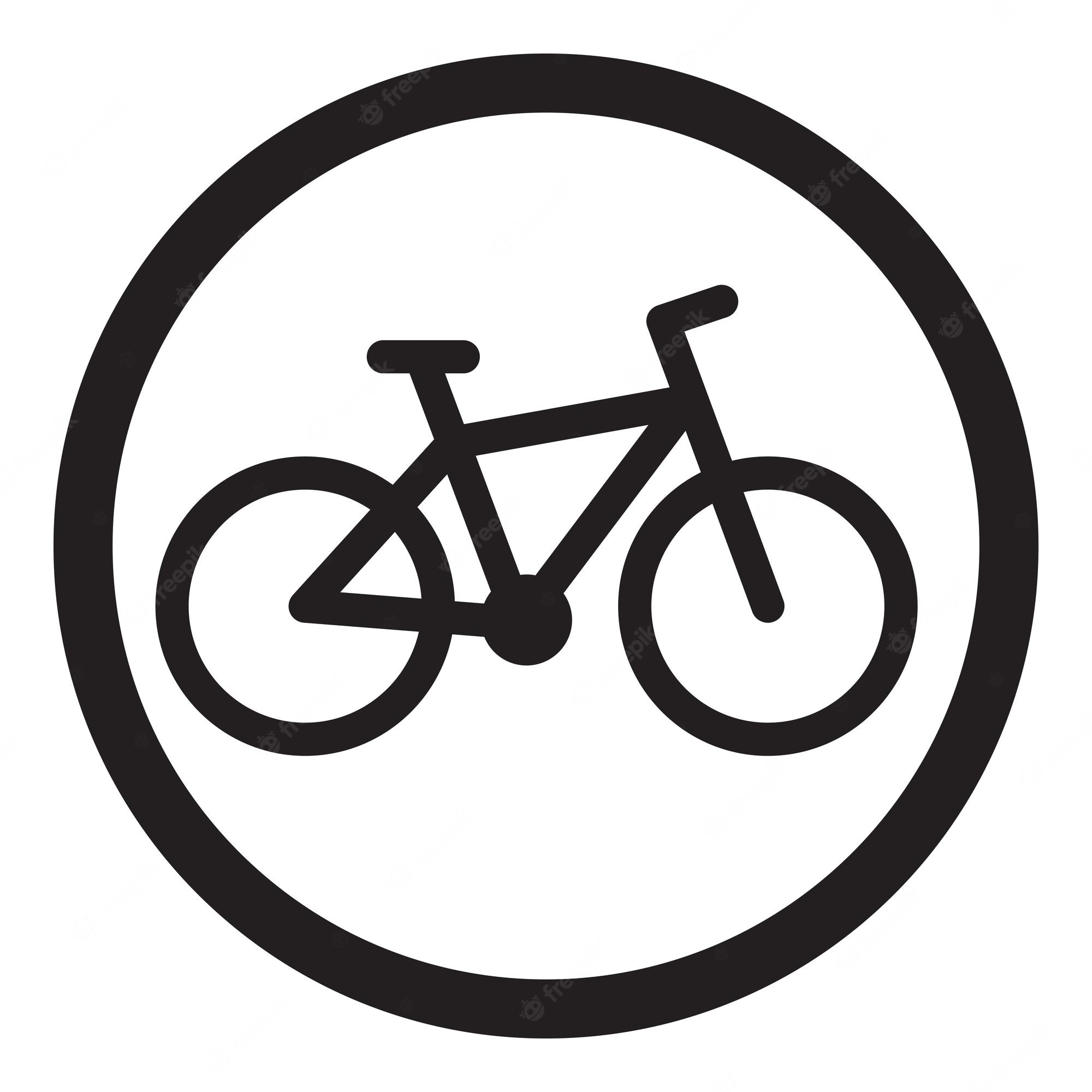

Interesting! Thanks for the explanation. :)


Interesting! Thanks for the explanation. :)


Has something changed recently? When I was in Tokyo, admittedly more than a decade ago now, the bike lanes were tiny slivers of paint. And I do mean a sliver; they were not much wider than a foot. It would be unsafe to use them in traffic.


Mozilla invented Rust to rewrite the rendering engine. Read the history of Servo and bring a tissue to cry into.


Specifically 5, 10, and 15mhz AM. There are others, but you’ll really hear NIST WWV/WWVH if you’re in North America/Pacific.


You’re probably decoding noise or in the middle of the bit stream.
What you’re looking for is called “preamble.” That’s a sequence of bits used to synchronize the decoder (marks the start of data, useful in modulation schemes for clock recovery, and a few other things).
Looking at minimodem’s manual, try using the sync-byte option. Prepend your tar stream with a string of bytes, like 0x01, before sending to minimodem for encoding. Then use the sync code option to mark the start of the tar bit stream. This is as simple as cat preamble.bin myfiles.tar | minimodem --tx …
Other things to consider: start small with 300 baud BFSK before speeding up. Test with wav files before attempting physical tape or speakers and a microphone.
Oof. You definitely were taking a risk with that drive train. I’m glad the worst of it is a few broken spokes.
That’s clearly have a working bike, not some sort of weekend roadie show piece. Put a dork disk on there! There isn’t any shame in favoring function over form.
Awesome call-out on zip ties. They’re the duct tape of the bike world.
One small thing I noticed is how your fender and rack are mounted. It’s fine to share a single eyelet to mount both, but it’s best to mount in the order of frame, rack, fender, washer, and bolt. That ordering shortens the cantilever of the rack load, a much higher load than a fender, on the bolt.
For sure. These fuses have been a scourge.
Here’s a video by a radio fan who’s circuit is designed to blow fuses just didn’t.
Studies have shown that blinking lights improve reaction time to bikes on the road. The most common issue is determining the distance to the bike. This effect is more pronounced during night.
That’s why I use my bike lights all the time set to blink with a multi-second on phase. It makes me more noticeable and easy to estimate distance.
Also cars do have blinking lights these days. The newer car models like to blink the center brake light for a second before going static. Motorbikes have also long had rear blinking and “breathing” front light.